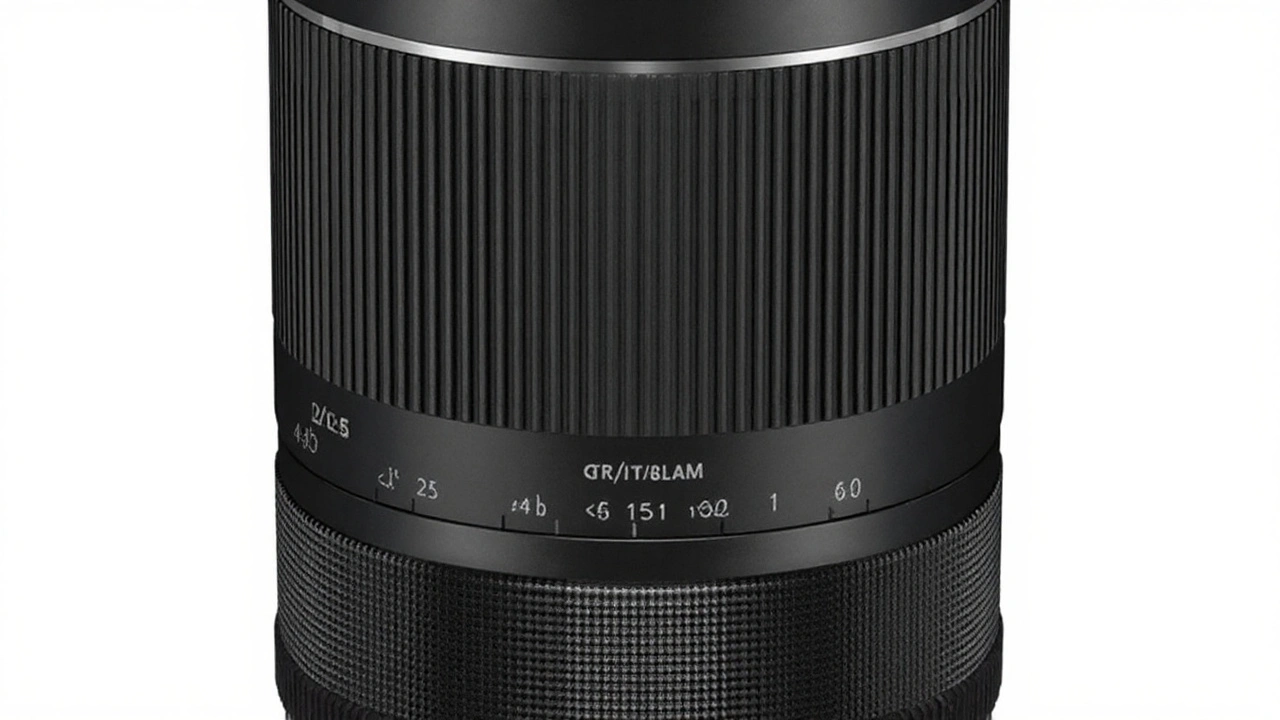Superzoom Lenses: What They Are and Why You’ll Love Them
If you enjoy snapping photos on the go, a superzoom lens can be a game‑changer. These lenses combine a huge zoom range – often 70‑300mm or even 100‑400mm – into one compact package. That means you can capture everything from wide‑angle group shots to distant wildlife without swapping gear. The result is lighter bags, fewer lenses to lose, and more time actually shooting.
How a Superzoom Works
Inside a superzoom, the optics are arranged so the focal length can stretch far beyond a regular zoom. Manufacturers use extra lens groups and special glass to keep the image sharp across the whole range. The trade‑off is a slightly slower maximum aperture (usually f/3.5‑5.6), which means you’ll need good light or a higher ISO in low‑light situations. But for daylight travel, city strolling, or sports events, the flexibility outweighs the small loss in light gathering.
Best Superzoom Picks for Different Budgets
Under $500: Look for the Canon EF‑S 55‑250mm or Nikon AF‑P DX 18‑200mm. Both deliver solid image quality and a useful zoom stretch without breaking the bank.
$500‑$1,000: The Tamron 70‑300mm f/4.5‑6.3 Di VC USD and Sony 55‑210mm f/4.5‑6.3 are popular choices. They add image stabilization, which helps when shooting handheld at longer focal lengths.
Above $1,000: If you want top‑tier performance, the Panasonic Lumix G Vario 100‑400mm f/4.5‑6.7 or the Sony 70‑350mm f/4.5‑6.3 offer excellent sharpness, fast autofocus, and weather‑sealed bodies for serious travel.
When choosing, think about the camera system you already own. Most brands make dedicated superzooms for their own mounts, but adapters let you use lenses across systems if you’re willing to tweak focus settings.
Now that you know the basics, here are a few practical tips to get the most out of your superzoom.
1. Use a tripod or monopod for the longest focal lengths. Even a small shake becomes noticeable at 300mm and beyond. A lightweight tripod adds stability without weighing you down.
2. Keep an eye on your aperture. Because the max aperture narrows as you zoom in, you may need to bump up ISO or open the shutter a bit slower. Modern cameras handle high ISO well, so don’t be afraid to push it.
3. Practice the zoom. Superzooms can feel a bit “sloppy” compared to prime lenses. Spend a few minutes rotating the zoom ring smoothly, and you’ll learn the sweet spot where focus stays lock.
4. Watch your focus mode. For moving subjects, choose continuous autofocus (AF‑C) and track the subject as you zoom. For static scenes, single-shot AF (AF‑S) can keep the image crisp.
5. Clean the front element regularly. The large front glass attracts dust and fingerprints, especially when shooting outdoors. A quick wipe with a microfiber cloth keeps image quality high.
Superzoom lenses aren’t just for pros – they’re perfect for anyone who wants versatility without a bag full of glass. Whether you’re traveling across South Africa, covering a local sports match, or just walking the city, a good superzoom lets you capture the moment at any distance. Grab one that fits your budget, follow the tips above, and start shooting with confidence.
Superzoom Lenses Are Back: One Lens for Travel, Portraits, and Wildlife
Once dismissed as compromise glass, superzoom lenses are back in demand. Modern designs deliver better stabilization, sharper results, and real-world flexibility that beats juggling multiple lenses. From travel to portraits and wildlife, a single lens now covers it. Here’s why photographers are switching—and how to get the best results.
View more